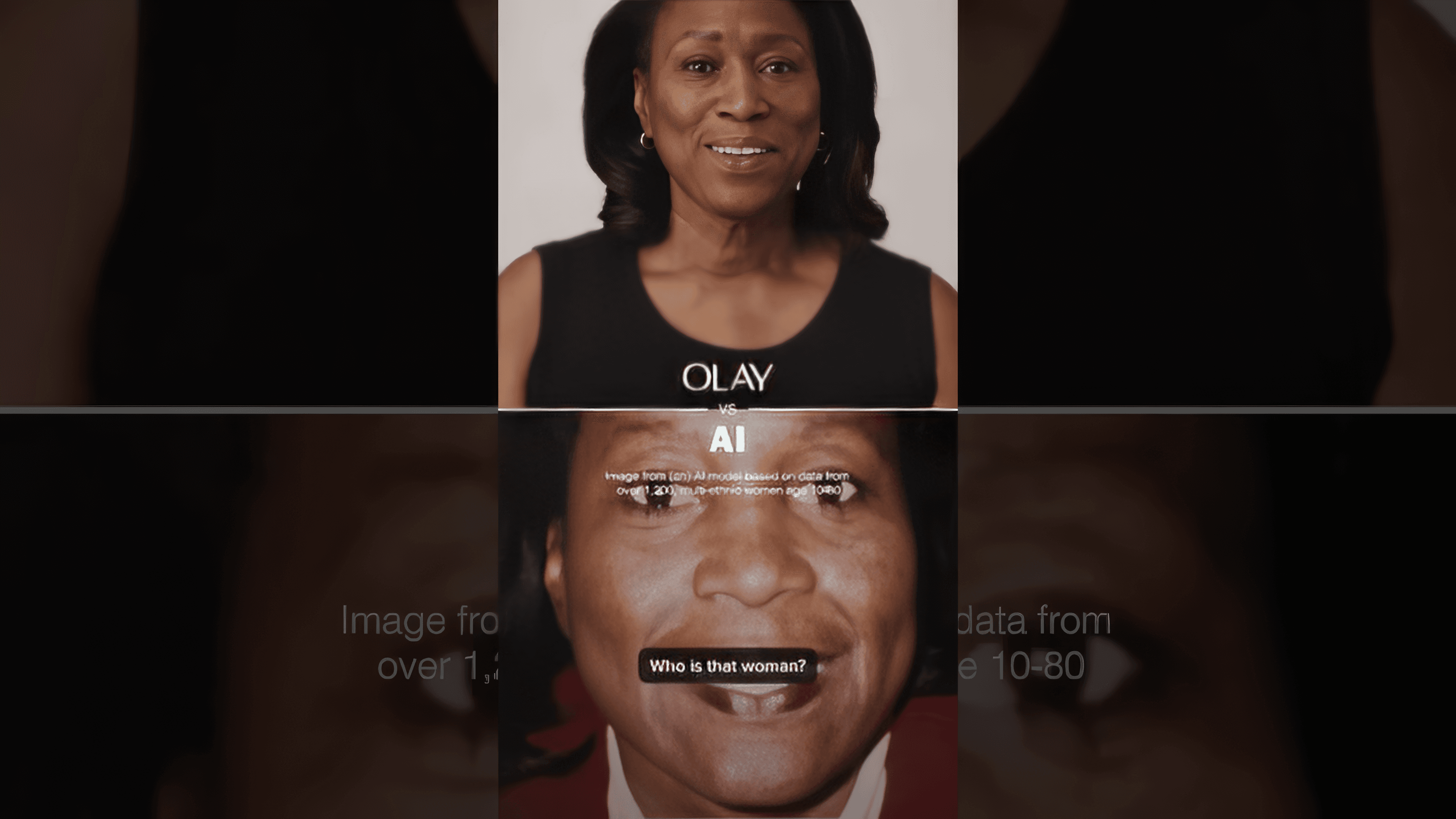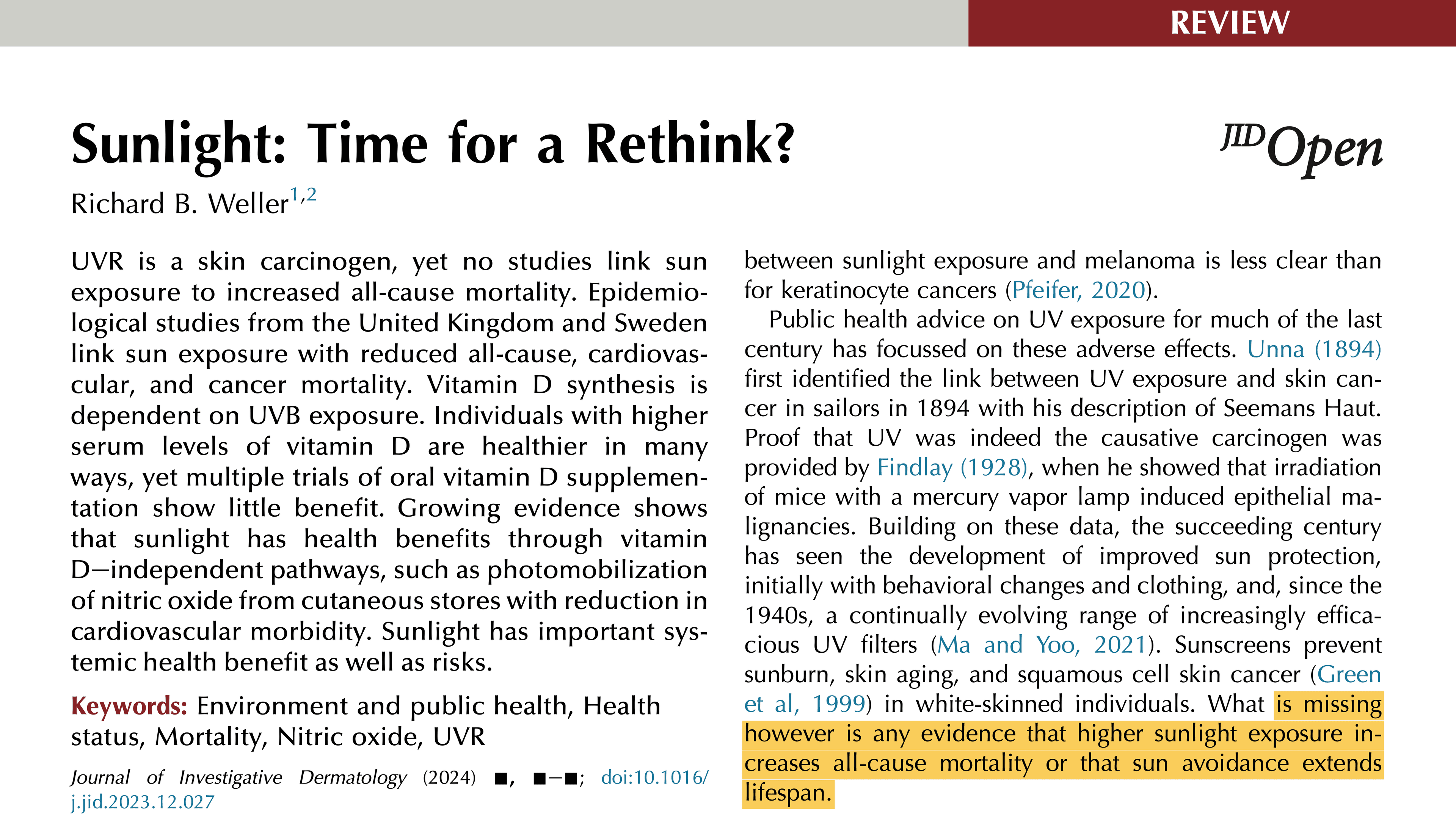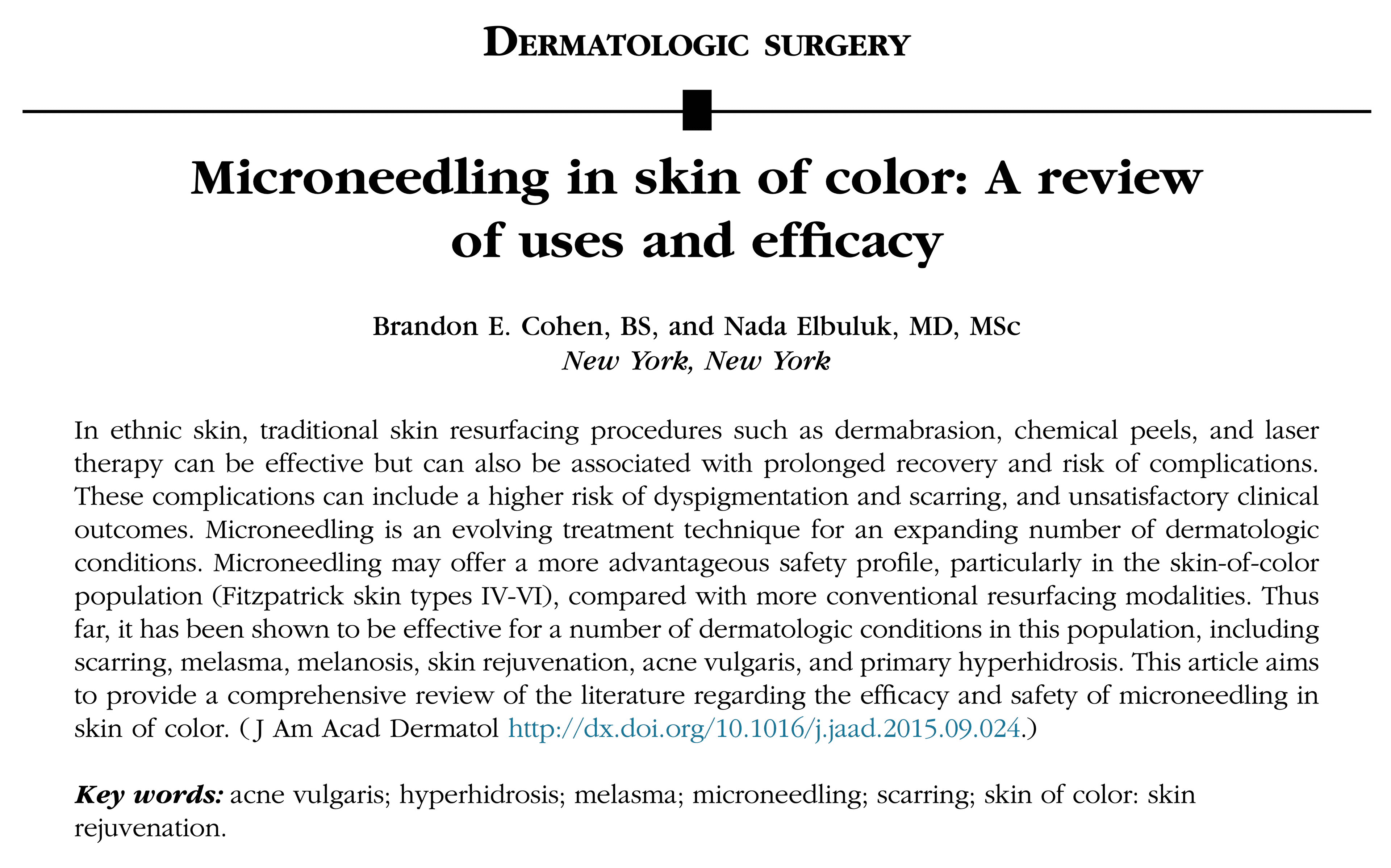Olay has been running a commercial where AI is used to predict how a model will look later in life, and upon revealing the AI aged image vs the model the model always looks better. Obviously, this is due to using Olay.
This kind of commercial does nothing good for the skincare industry - over a 20 year period your lifestyle choices will have a much larger impact on your skin health than any skincare regimen. What they could have done instead was to use this opportunity to talk about how skin actually ages, and why no single product or ingredient will be the magical solution.
In this post I will be using a state-of-the-art neural network to age an image of myself, and see what the model actually gets right compared to what we know from clinical observations. I will also dive into the differences in skin aging between ethnicities.
Aging my skin
In 2022 Zoss et al. from Disney Research introduced an AI model capable of aging and de-aging images and video frames across different pose and lighting positions. Using an open source implementation of this model, I took an image of me at age 30 and asked what I would look like at age 65. Here are the results
Age 30

Age 65 (predicted)

(The pixel errors are due to rounding errors in the model as it projects from real valued numbers into a 8-bit image space).
Overall, not too bad and I honestly think I would be happy with that look at 65. But what is the model actually catching and what is missing?
What we know about aging
As we age our skin changes, and most of the changes can be boiled down to these 8 bullets (not considering immunological and metabolic changes).
1. Thinning epidermis and slower cell turnover lead to a dull, rough, and uneven skin texture. The skin may appear less radiant and more translucent, with visible fine lines and wrinkles.
2. Uneven pigmentation due to decreased melanocyte activity manifests as age spots, freckles, or patchy discoloration on the face, contributing to an uneven skin tone and aged appearance.
3. Decreased dermal thickness, vascularity, and degraded collagen and elastin result in sagging skin, deeper wrinkles, and loss of facial contours. The skin loses its firmness and elasticity, leading to a hollowed or sunken appearance in certain areas of the face.
4. Flattening of the dermal-epidermal junction weakens the skin's structural support, making it more prone to wrinkles, sagging, and folds. This change also contributes to a loss of facial volume and definition.
5. Dry skin resulting from decreased sebum production, lipids, and water content can cause the skin to appear dull, rough, and flaky. Fine lines and wrinkles may become more pronounced on dry skin, and the complexion may look less plump and supple.
6. Decreased baseline TEWL with slower barrier recovery makes the skin more susceptible to dehydration and irritation. This can result in a dry, dull, and potentially sensitive facial skin appearance.
7. Loss of skin elasticity and slower recoil contribute to sagging, wrinkles, and loss of facial contours. The skin may appear loose, crinkled, and less able to snap back into place after being stretched or manipulated.
8. Facial fat redistribution and loss, particularly in the cheeks, temples, and under the eyes, lead to volume depletion, hollows, and skin sagging. This change can cause a gaunt or aged appearance, with more prominent wrinkles and folds in the nasolabial area, jowls, and under-eye region.
The model is picking up on aspects of the sagging and wrinkles, the hollowing around the eyes and some sparse changes in pigmentation leading to a slightly more mottled appearance. What it is not picking up is the changes in facial structure due to fat loss, an increased dryness and irritation which should result in more patchy redness and a more dull complexion – think more ashen appearance during winter and more red / dark during summer. My nasolabial folds are too small (looking at my current status at age 45), and given my Caucasian ancestry I will likely have more pigmentation issues at 65 than what is predicted. Other changes that are not picked up is the change in the nose and ear structure due to cartilage degradation.
Do I age differently than others?
Aging and skin aging is a complex process and is, besides genetics, highly impacted by lifestyle choices (sun exposure, diet, exercise, general health status etc.). But interestingly there are also ethnic differences due to differences in our skin structure. The main differences can be summarized as follows:
1. The higher melanin content in skin of color provides better protection against UV-induced damage, delaying the appearance of aging signs like wrinkles and sagging by 10-20 years compared to lighter skin. However, uneven pigmentation, such as age spots, freckles, and discoloration, is more noticeable and a primary concern in aging skin of color.
2. African American skin has unique structural properties that contribute to slower aging. The presence of more numerous and larger fibroblasts, as well as more compact collagen bundles, helps maintain skin thickness and resistance to wrinkles. When sagging and jowling do occur, it is due to the weight of thicker skin rather than loss of elasticity, which is more common in lighter skin types.
3. East Asian skin is characterized by a weaker underlying skeletal structure, which can lead to more pronounced malar fat descent and sagging in the midface area with age. Pigmentary changes, such as age spots and uneven skin tone, are often the first noticeable signs of aging in East Asian skin, followed by the development of wrinkles later on.
4. Hispanic skin tends to display specific aging patterns, including the accumulation of malar fat in the cheek area, leading to a heavier or fuller appearance. Other common signs of aging in Hispanic skin include hooding of the eyelids and more prominent nasolabial folds, which can contribute to an older-looking appearance.
5. Skin color heterogeneity, or unevenness in skin tone and color distribution, is highest in skin of color compared to lighter skin types. This heterogeneity tends to increase with age, although the increase is less pronounced in African American skin. Dyschromia, or the presence of discolored patches or spots, is a common concern in aging skin of color and can be a significant factor in the perceived age and overall appearance of the skin.
6. The baseline skin color varies among different ethnicities, with African American skin being the darkest, followed by Hispanic and East Asian skin, and then Caucasian skin. As the skin ages, these differences in baseline color can influence the specific changes observed. For example, East Asian skin tends to become darker and more yellow with age, while Caucasian skin may become darker and redder. These variations in color changes can impact the overall appearance of aging skin and may require different treatment approaches to address concerns specific to each ethnicity.
Knowing these differences it is very unlikely that a primarily niacinamide driven moisturizer (looking at you Olay) will be the right choice for everyone across ages and ethnicities.
Can AI beat biology?
I am not even sure the question makes sense, but AI can be a tool to understanding biology and gaining insights into the status of your skin and thereby help in choosing more optimal routes of skincare treatment. This is the Revea vision, and what we have spent more than 4 years of clinical research building. We are not perfect, and are continuously improving our ability to both detect and treat skin concerns both via topical treatments and by (soon) recommending cosmetic procedures. You can get your skin assessment today and see if that will help you on your journey.
References
Zoss, Gaspard, et al. "Production-ready face re-aging for visual effects." ACM Transactions on Graphics (TOG) 41.6 (2022): 1-12.
Vashi, Neelam A., Mayra Buainain De Castro Maymone, and Roopal V. Kundu. "Aging differences in ethnic skin." The Journal of clinical and aesthetic dermatology 9.1 (2016): 31.
De Rigal, Jean, et al. "The effect of age on skin color and color heterogeneity in four ethnic groups." Skin Research and Technology 16.2 (2010): 168-178.
Venkatesh, Samantha, Mayra BC Maymone, and Neelam A. Vashi. "Aging in skin of color." Clinics in dermatology 37.4 (2019): 351-357.
Farage, Miranda A., et al. "Characteristics of the aging skin." Advances in wound care 2.1 (2013): 5-10.
Read next



